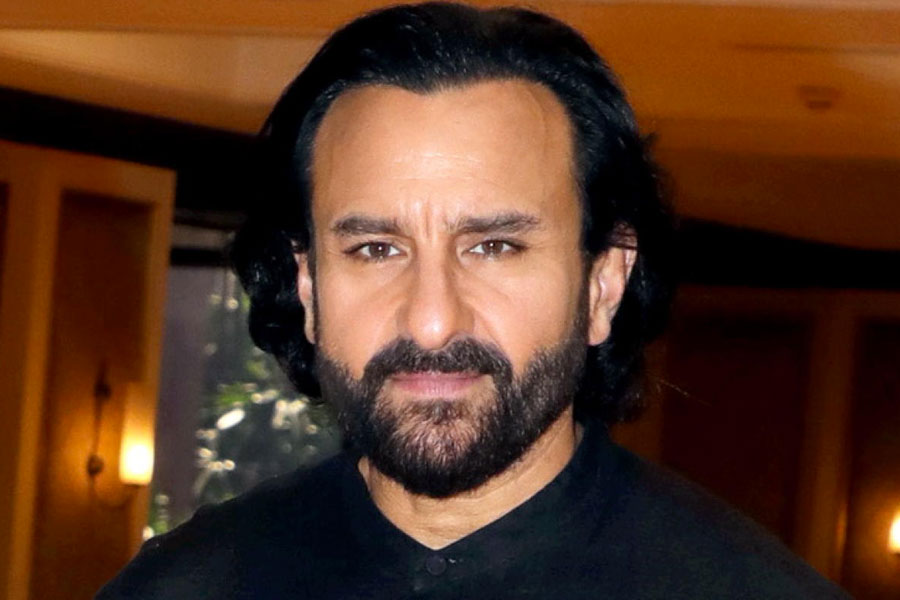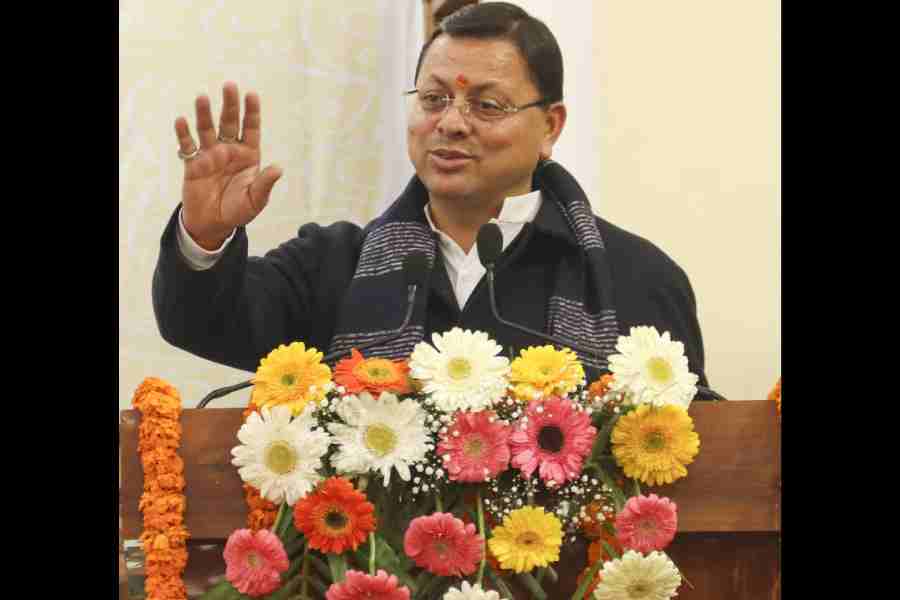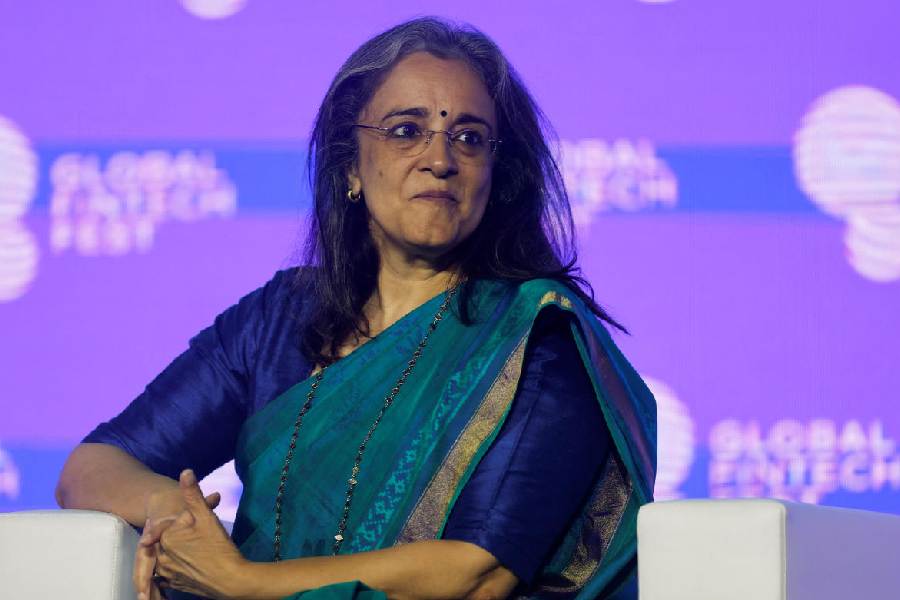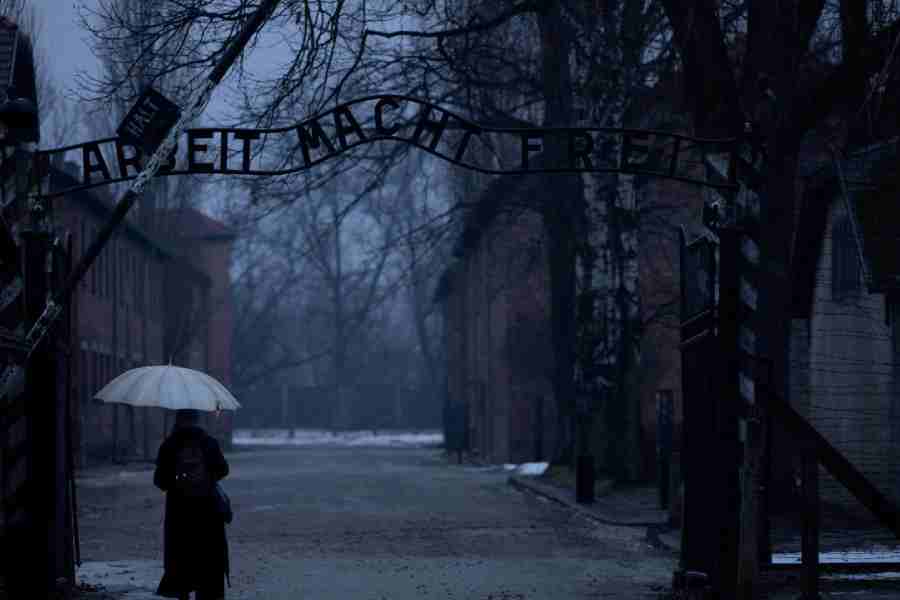The heart is the centre of our lives. It pumps blood tirelessly and ceaselessly to every part of our body to keep us alive and functioning. Sometimes, the heart muscles become damaged with a “heart attack”. Though the muscles heal within eight weeks, the scar tissue formed is less pliable and efficient, compromising heart function.
Heart attacks usually occur after the age of 45 in men and 55 in women. They are different from cardiac arrests, which can occur at any age and are not due to damaged muscles but a failure of the electrical system of the heart. This can occur due to congenital heart disease, enlarged heart muscles, damaged heart valves and electrolyte imbalances.
A heart attack occurs when some part of the heart muscle stops receiving enough oxygenated blood to stay alive. The vessels supplying that part may be blocked by a blood clot that has become dislodged from elsewhere. Sometimes, the vessel gradually narrows with fatty (cholesterol and triglyceride) plaques, which may even get calcified.
A heart attack is likely to occur in people who have a BMI (weight divided by height in meters squared) greater than 30, have diabetes, hypertension, elevated lipids and are smokers or/and alcoholics. These people usually have a sedentary lifestyle with less than 150 minutes of active exercise a week. In addition, people who have an autoimmune disease, had preeclampsia in pregnancy, use drugs and lead a stressful life are more prone to heart attacks.
The symptoms shown in movies are so typical that the audience feels they can make a diagnosis. The person clutches their chest, falls dramatically and dies. However, symptoms of a real heart attack vary. A person can have a mild or severe attack or an attack with no symptoms at all, so they are blissfully unaware of the occurrence.
Heart attack symptoms may include pressure, tightness, squeezing or aching pain, or discomfort that spreads to the shoulder, arm, back, neck, jaw, teeth or sometimes the upper abdomen. The person may sweat without fever. There may be unexplained tiredness or fatigue. There may be dizziness. The symptoms may mimic acid peptic disease and heartburn. There may be breathlessness.
Women may have slightly different symptoms. The pain is more likely to be in the neck, arms or back. There may be unusual fatigue, shortness of breath or uncontrollable bouts of coughing.
Although heart attacks may occur suddenly, usually, it is preceded by symptoms like chest pain that keeps reappearing for weeks and won’t go away with rest.
Heart attacks cause damage to the heart muscle. It can leave complications even if the person survives. The heartbeat may become irregular, there may be heart failure, and the pericardium, which surrounds the heart, may get inflamed. A severe attack can result in sudden death.
A heart attack is diagnosed by a series of blood tests. The damaged muscle releases enzymes and troponins, which can be tested in the blood. An ECG shows an alteration in the heart’s electrical conduction system. An echo shows damage and an angiogram can show clots and blocks. CT scans, MRIs and nuclear scans may also confirm the diagnosis. Emergency treatment involves making the person swallow a crushed tablet of 300mg of aspirin and/or nitro-glycerine and then transferring to a hospital. Later, stenting or coronary artery bypass grafting can be done if needed.
Follow-up treatment may involve reducing hypertension, controlling diabetes, correcting the lipid profile, and taking beta-blockers, aspirin and clopidogrel. Lifestyle changes — such as stopping smoking and alcohol consumption — are essential. If obese, an attempt to reach ideal body weight should be made with a combination of diet and exercise.
Regular walking is possibly the best medicine.
The writer has a family practice at Vellore and is the author of Staying Healthy in Modern India. If you have any questions on health issues please write to yourhealthgm@yahoo.co.in










